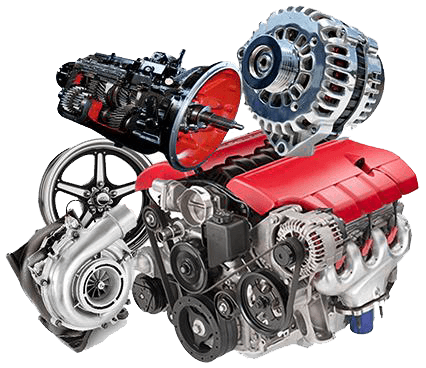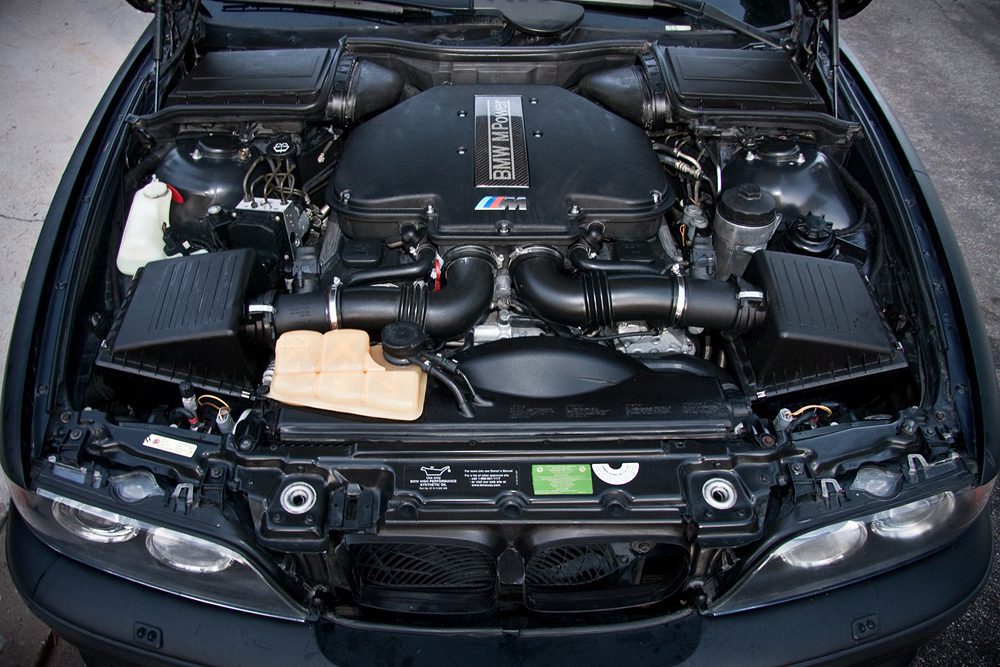Opel Corsa Engine: Common Issues and How to Take care of Them
Opel Corsa Engine: Common Issues and How to Take care of Them
Blog Article
Efficient and Powerful Little Vehicle Electric Motor Performance Analysis
Examining the efficiency of little car motors is a nuanced task that needs a keen eye for information and a deep understanding of vehicle engineering principles. The balance in between efficiency and power is crucial for delivering a driving experience that is both affordable and satisfying when it comes to small automobiles. By checking out crucial metrics such as horsepower and torque, in addition to reviewing fuel performance, we can uncover understandings into just how little automobile engines can be maximized for peak performance. In addition, checking out future trends in little auto electric motor technology assures to introduce cutting-edge strategies that can reshape the landscape of vehicle engineering.

Tiny Car Motor Efficiency Metrics
In examining the efficiency of little car electric motors, key metrics such as velocity, gas efficiency, and power outcome play an important role in determining their overall performance and viability for various driving problems. Acceleration, determined in secs from 0 to 60 miles per hour, indicates how rapidly a tiny car can get to greater rates, which is essential for combining onto highways or overtaking other vehicles. Gas performance, usually determined in miles per gallon (MPG), shows exactly how far a small automobile can travel on a gallon of fuel, impacting running prices and ecological sustainability. Power result, revealed in horse power (HP) or kilowatts (kW), represents the engine's capability to produce the essential pressure to drive the car, affecting its efficiency in various roadway problems. By reviewing these efficiency metrics comprehensively, makers, chauffeurs, and automotive lovers can make enlightened decisions regarding the option and optimization of tiny automobile motors to fulfill their particular requirements and preferences.

Horse Power and Torque Analysis
With an essential function in recognizing small vehicle electric motor efficiency, torque and horse power analysis supplies understanding into the engine's power shipment characteristics. Horse power is a measurement of the engine's ability to do function over time, standing for the rate at which work is done. In the context of small automobile electric motors, horsepower is crucial for establishing velocity, full throttle, and overall efficiency. Torque, on the other hand, measures the engine's rotational pressure, showing its capability to get rid of resistance. Tiny auto engines with greater torque values normally feel a lot more responsive and offer much better velocity, making them optimal for city driving and overtaking maneuvers. When examining horsepower and torque in small vehicle motors, it is important to consider how these metrics connect to deliver a well balanced and reliable driving experience. By comprehending the relationship between horse power and torque, auto designers can enhance engine efficiency to fulfill the certain demands of small automobile applications.
Gas Efficiency Analysis
The examination of gas effectiveness in tiny cars and truck motors plays a crucial role in establishing their financial and ecological effect. Fuel performance describes the capacity of a lorry to utilize gas this content effectively in regard to the range traveled. In tiny cars and truck electric motors, where small dimension usually correlates with far better gas economic climate, various aspects influence performance. Engine design, weight, the rules of aerodynamics, and driving problems all add to exactly how efficiently gas is eaten.
To review fuel efficiency, metrics such as miles per gallon (MPG) are generally used. This measurement indicates the range a vehicle can take a trip each of fuel. Little car electric motors that attain higher MPG rankings are considered much more fuel-efficient, resulting in cost financial savings for motorists and lowered exhausts that benefit the setting. Manufacturers continually aim to enhance fuel efficiency with advancements in engine modern technology, lightweight products, and aerodynamic layouts.

Enhancing Tiny Car Engine Efficiency
Enhancing the effectiveness of little auto engines is paramount in maximizing performance and reducing functional costs. Enhancing little vehicle engine efficiency includes an all natural strategy that takes into consideration various variables such as engine style, fuel administration systems, and general lorry characteristics. One key facet of optimizing engine efficiency is ensuring appropriate maintenance timetables are followed, including regular oil adjustments, filter replacements, and ignition system examinations. In addition, adjusting the engine to run at its peak efficiency can significantly boost total efficiency.
One more essential factor in maximizing tiny automobile engine performance is the utilization of sophisticated modern technologies such as turbocharging or crossbreed systems. These innovations can boost power output without compromising fuel original site effectiveness, giving a balance in between performance and economic situation. Furthermore, maximizing engine efficiency also involves boosting combustion performance, lowering frictional losses, and improving thermal management systems.
Future Trends in Small Automobile Motors
Due to advancing automotive modern technologies and the constant quest of optimum little automobile engine performance, an expedition of future patterns in small car electric motors ends up being imperative - opel corsa engine. One popular trend on the perspective is the raising combination of electric powertrains in little cars and trucks. As the automotive industry changes in the direction of sustainability and lowered exhausts, even more little cars and truck suppliers are purchasing electric motor modern technology to boost efficiency and ecological kindness
An additional significant pattern is the growth of smaller yet a lot more powerful turbocharged engines for tiny automobiles. By downsizing engine capabilities and including turbocharging technology, car manufacturers can accomplish greater power results while keeping gas efficiency. This pattern aligns with the growing customer demand for little automobiles that provide a dynamic driving experience without jeopardizing on This Site gas economy.
In addition, the emergence of hybrid powertrains in little autos is expected to obtain grip in the future. Crossbreed systems supply the advantages of both interior burning engines and electrical motors, giving better performance and fuel effectiveness. As developments in battery modern technology continue, small auto electric motors are most likely to come to be much more effective and reliable, satisfying the developing requirements of consumers and regulatory demands for cleaner transportation services.
Conclusion
To conclude, the analysis of tiny vehicle motor performance metrics such as fuel, horsepower, and torque efficiency is important in optimizing engine performance. By reviewing these aspects, manufacturers can enhance the general efficiency and power outcome of small vehicle motors (opel corsa engine). Future fads in little vehicle electric motors are most likely to concentrate on boosting performance while keeping gas effectiveness, ensuring that small autos remain to be a dependable and economical choice for customers
By taking a look at crucial metrics such as horse power and torque, as well as assessing gas effectiveness, we can uncover understandings right into how small car engines can be optimized for peak efficiency. Enhancing tiny automobile engine performance entails an all natural method that considers various aspects such as engine layout, fuel management systems, and general vehicle characteristics.In light of advancing automobile technologies and the continuous search of optimum tiny automobile engine performance, an expedition of future patterns in tiny vehicle motors becomes important.In conclusion, the evaluation of little car motor efficiency metrics such as horse power, gas, and torque efficiency is important in maximizing engine efficiency. Future trends in tiny automobile motors are likely to concentrate on boosting performance while keeping gas performance, making certain that small autos continue to be a cost-effective and reputable selection for customers.
Report this page